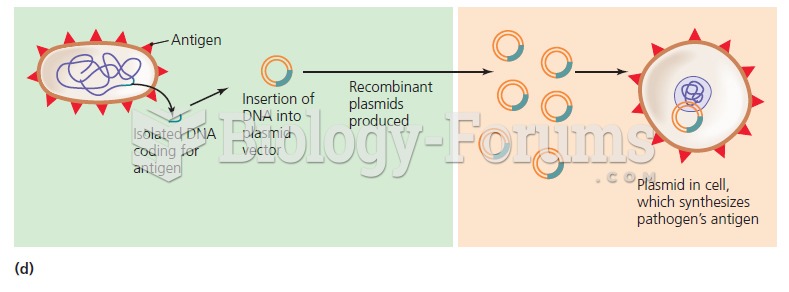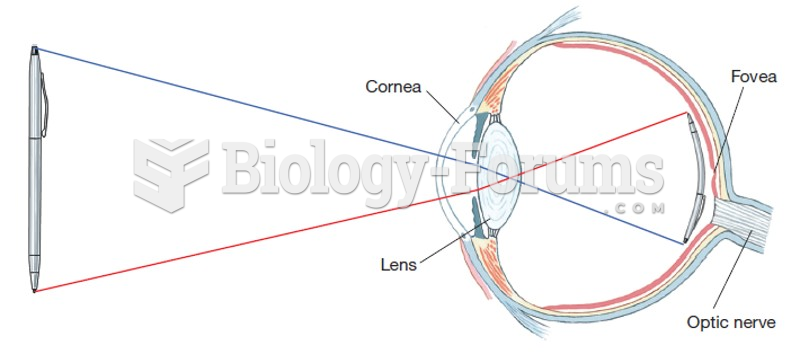|
|
|
Did you know?
Illicit drug use costs the United States approximately $181 billion every year.
Did you know?
There are more bacteria in your mouth than there are people in the world.
Did you know?
Only one in 10 cancer deaths is caused by the primary tumor. The vast majority of cancer mortality is caused by cells breaking away from the main tumor and metastasizing to other parts of the body, such as the brain, bones, or liver.
Did you know?
The term pharmacology is derived from the Greek words pharmakon("claim, medicine, poison, or remedy") and logos ("study").
Did you know?
Nearly 31 million adults in America have a total cholesterol level that is more than 240 mg per dL.







